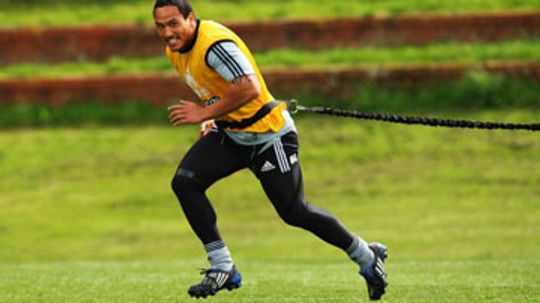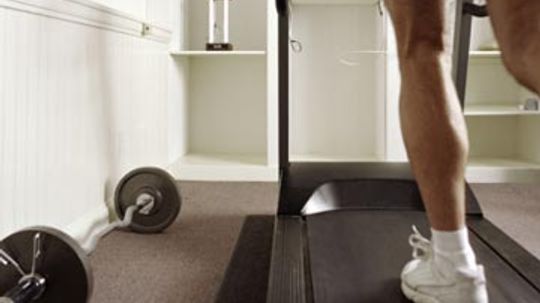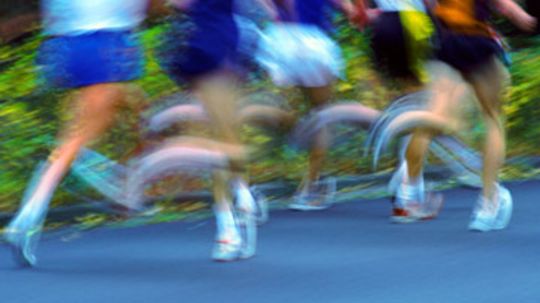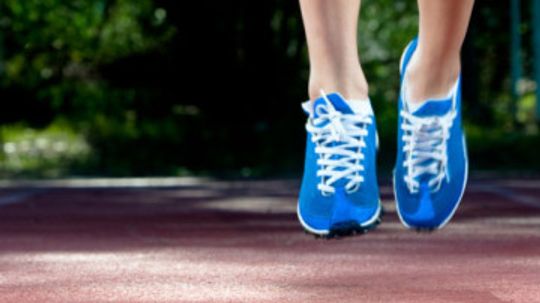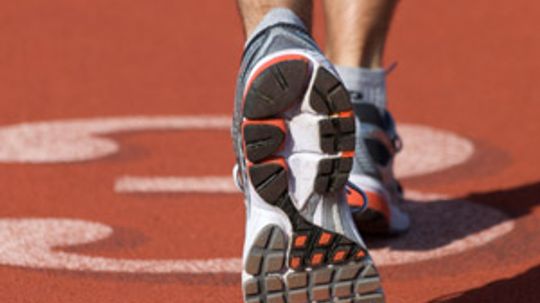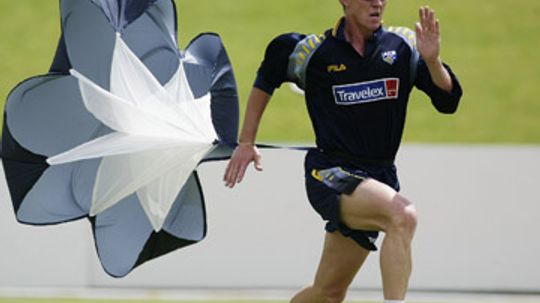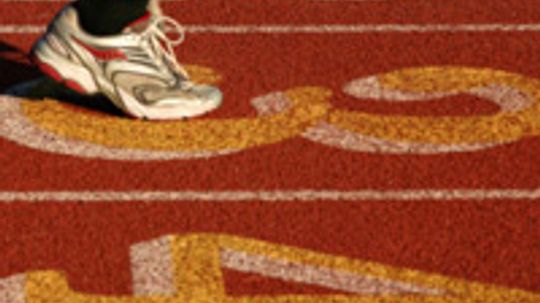Speed Training for Runners
Speed training for runners is integral for those looking to compete against others or their own personal times. Speed training for runners often involves improving form and teaching your legs how to move faster.
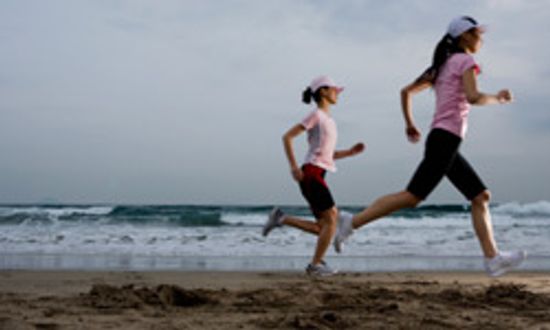
Top 10 Training Tips for a 5k
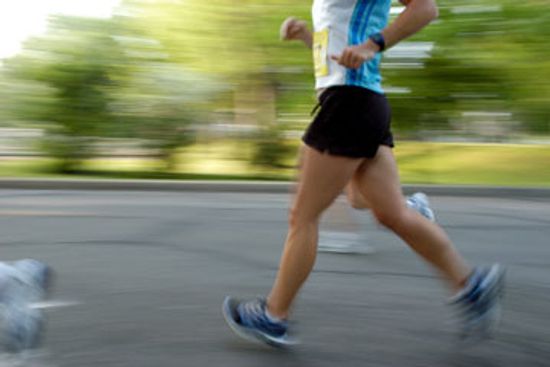
How Advanced 5K Training Works
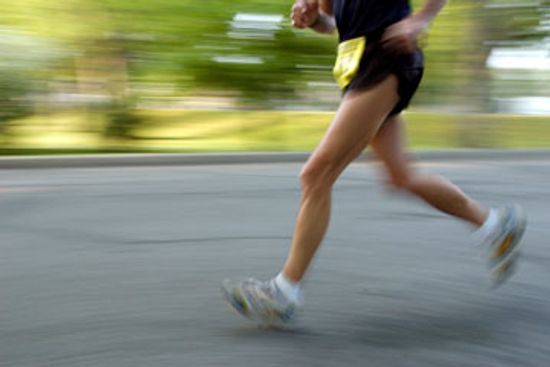
How Intermediate 5K Training Works

How Advanced 10K Training Works

How to Train for Your First Marathon
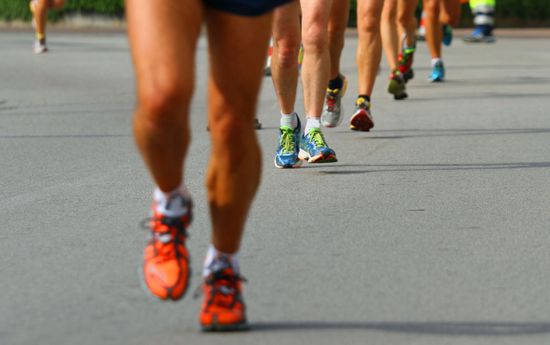
What's happening when you get a second wind?
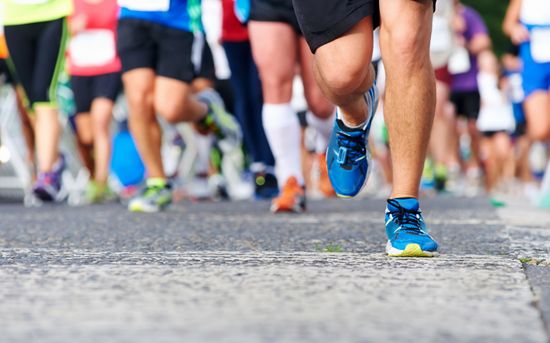
Is it possible to run a marathon backward?

How Barefoot Running Shoes Work
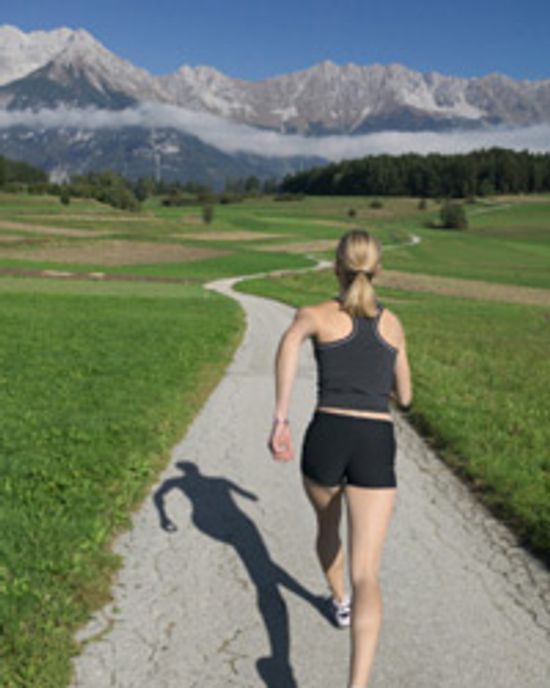
10 Tips for Maintaining Your Motivation to Run
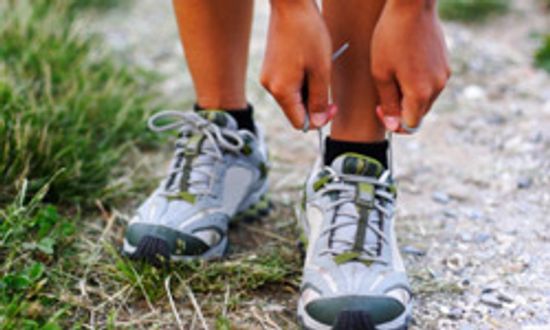
5 Tips for Motivation to Start Running
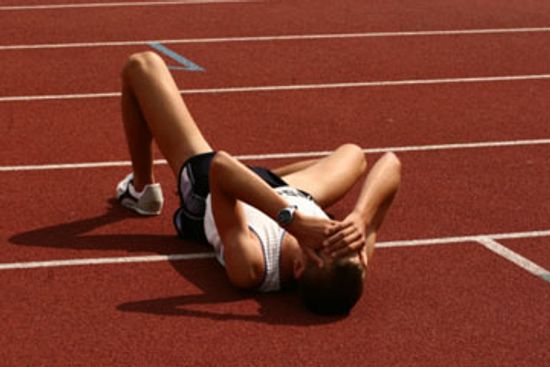
How Hitting the Wall Works
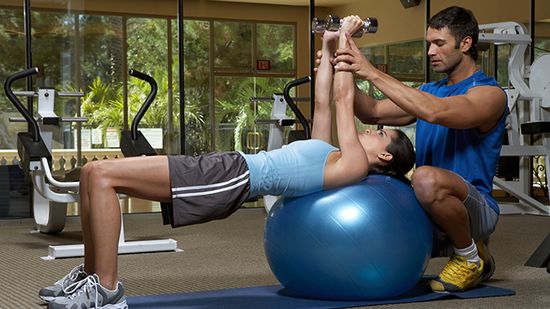
Does strength training help your heart and lungs?
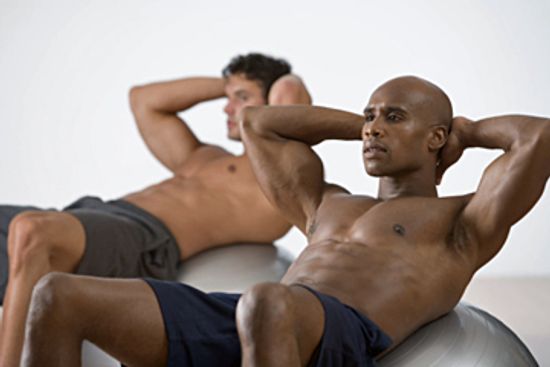
How Ab Workouts for Runners Work

How Core Strength Training for Runners Works
Learn More
The same material that boings bungee jumpers from bridges is used by runners to increase muscle strength. How will this type of resistance training improve your running performance?
By Debra Ronca
If you easily get bored with workouts, the variety involved in circuit training may appeal to you. What exercises are used in circuit training to spice up the routine?
By Victoria Vogt
Interval training mixes up high- and low-intensity exercises to help boost stamina. How is alternating speeds better for your body than working out at a continuous pace?
By Thorin Klosowski
Advertisement
Crossing your lactate threshold during a race can cause you to feel exhausted and decrease your pace. So how do you increase your lactate threshold in training?
By Melissa Sandoval
If you're looking for an extra edge in your sport, plyometrics may be the answer. But what, exactly, is it and how do you do it?
By Brian Boone
Bagging a workout usually implies that you've avoided or ended an exercise session prematurely. But that's not the case with a Powerbag which makes your typical training even more difficult.
By Victoria Vogt
Whether your goal is to beat your personal best in a local road race or compete with the elites in Boston, running ladders can help you succeed. So what is this strange-sounding workout, and what exactly will it do for you?
By Jeff Harder
Advertisement
You don't have to tumble out of an airplane to make good use of a parachute. Running parachutes are gaining popularity with a host of athletes.
By Sara Novak
At the end of the race, will you be able to pull away from the other runners and finish first? To increase your speed, incorporate strides into your training.
By Clint Pumphrey
If you're a runner, you might be more focused on the path ahead instead of the ground below. But turnover, or the number of times your feet strike the ground each minute, is important in running, and improving that rate can give you results.
By Martha Barksdale
